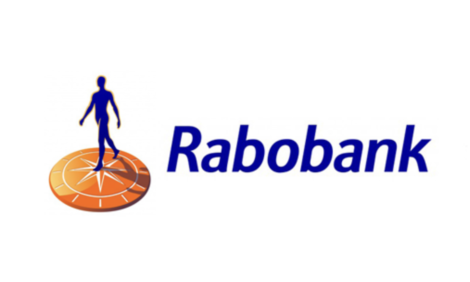



Growth Promoters to Remain Part of Key Three Tier System
US - Growth promoters and the three tier system will continue to work in the US to maximise resource use in feeding.This is according to Dr Jude Capper, a Livestock Sustainability Consultant at Montana State University.
She says that cattle sector productivity has improved across the board since the widespread adoption of growth hormones introduction of technologies in the 1970’s.
Dr Capper’s own research found that the net effect of progress has been a 16 per cent carbon footprint reduction per pound of US beef produced between 1977 and 2007.
This stemmed from needing 30 per cent fewer animals, 33 per cent less land, 14 per cent less water and 19 per cent less feed to rear beef in 2007.
But Dr Capper does not attribute this solely to growth promoting technologies.
She told TheCattleSite that hormone implants and beta-agonists like Zilmax have been helped hugely by management, welfare, nutrition and particularly genetics and breeding.
She is of the opinion that the US beef industry will continue along similar lines as it is well set up to meet the needs of the animal as it progresses through life.
“The cow calf, backgrounder and feedlot system makes the most efficient use of our resources to meet the animals' needs - e.g. rangeland and less productive pasture for cows, by-product feeds for stockers, nutrient -dense rations with a high by-product inclusion rate for feedlot cattle,” said Dr Capper.
In the drive for sustainability, outsiders to the industry often question feedlot logistics regarding the trucking of feed and distillers dried grains and solubles.
In addition there are concerns about the haulage of calves up to 1200 miles from cow-calf farms in Georgia to Kansas feedlots.
Dr Capper’s response is that there is no solid data regarding this, although said: “Research shows all transport in a feedlot-finished system contributed only 0.82 per cent of the carbon footprint. If the distance was increased four times for trucking in calves and stockers, that would only ever increase it to about two per cent at most”
As for the queries related to Zilmax, Dr Capper expects them to be rectified although stresses that animal welfare concern is a ‘major concern’ for producers and allied industries.
Her current thoughts are that Zilmax will not be correlated with welfare issues but a tranche of considerations that may impinge on welfare.
Michael Priestley
News Team - Editor
Mainly production and market stories on ruminants sector. Works closely with sustainability consultants at FAI Farms



